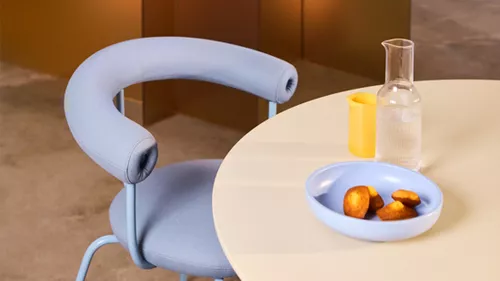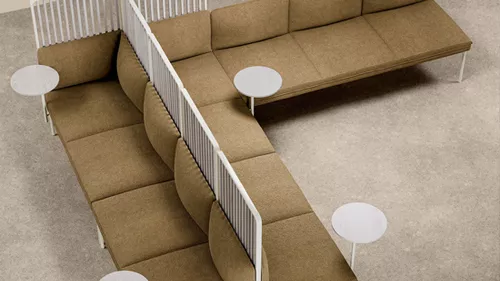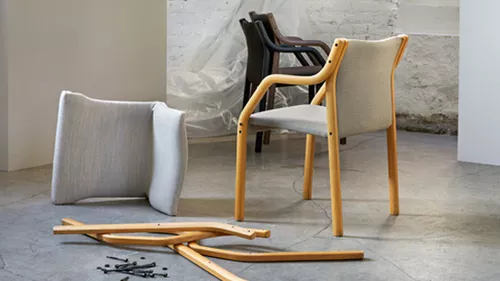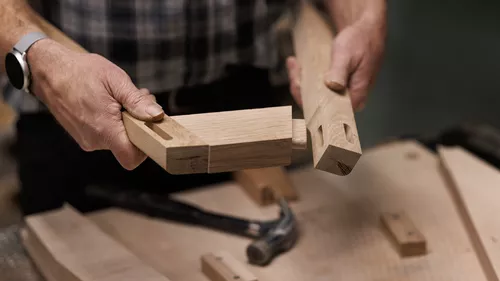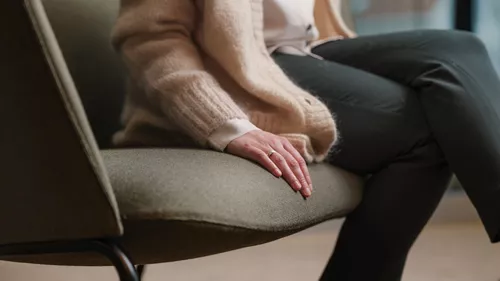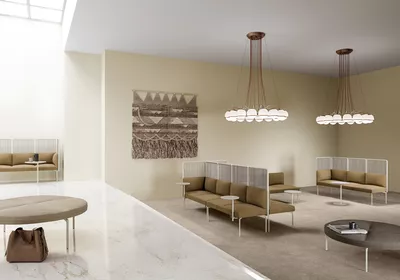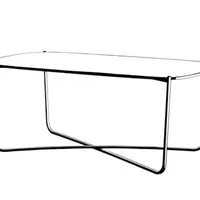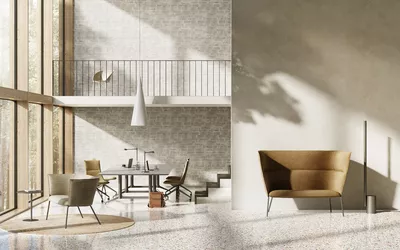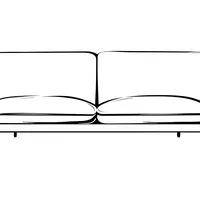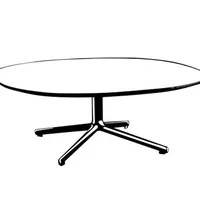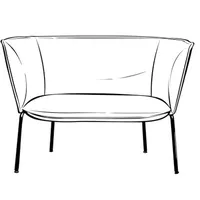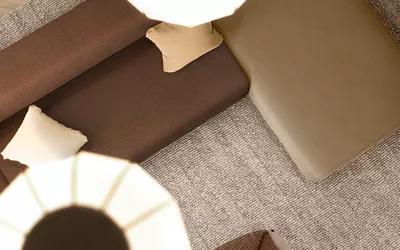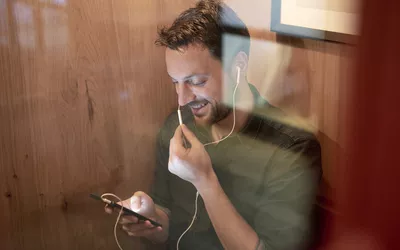The last few years have shown us how rapidly working life may change. Both working methods and forms of work are, and have been, in a constant change. The latest challenge employers have been facing is the lack of workers showing up to their workspace, causing empty offices, more distancing, and for some a lack in sense of belonging.
From an outside looking perspective, there is no problem in understanding this change. In fact, why should one want to take time out of their day to travel, get stuck in traffic, and loose valuable working time, to get to the exact same, or less, facilities as the home office may offer?
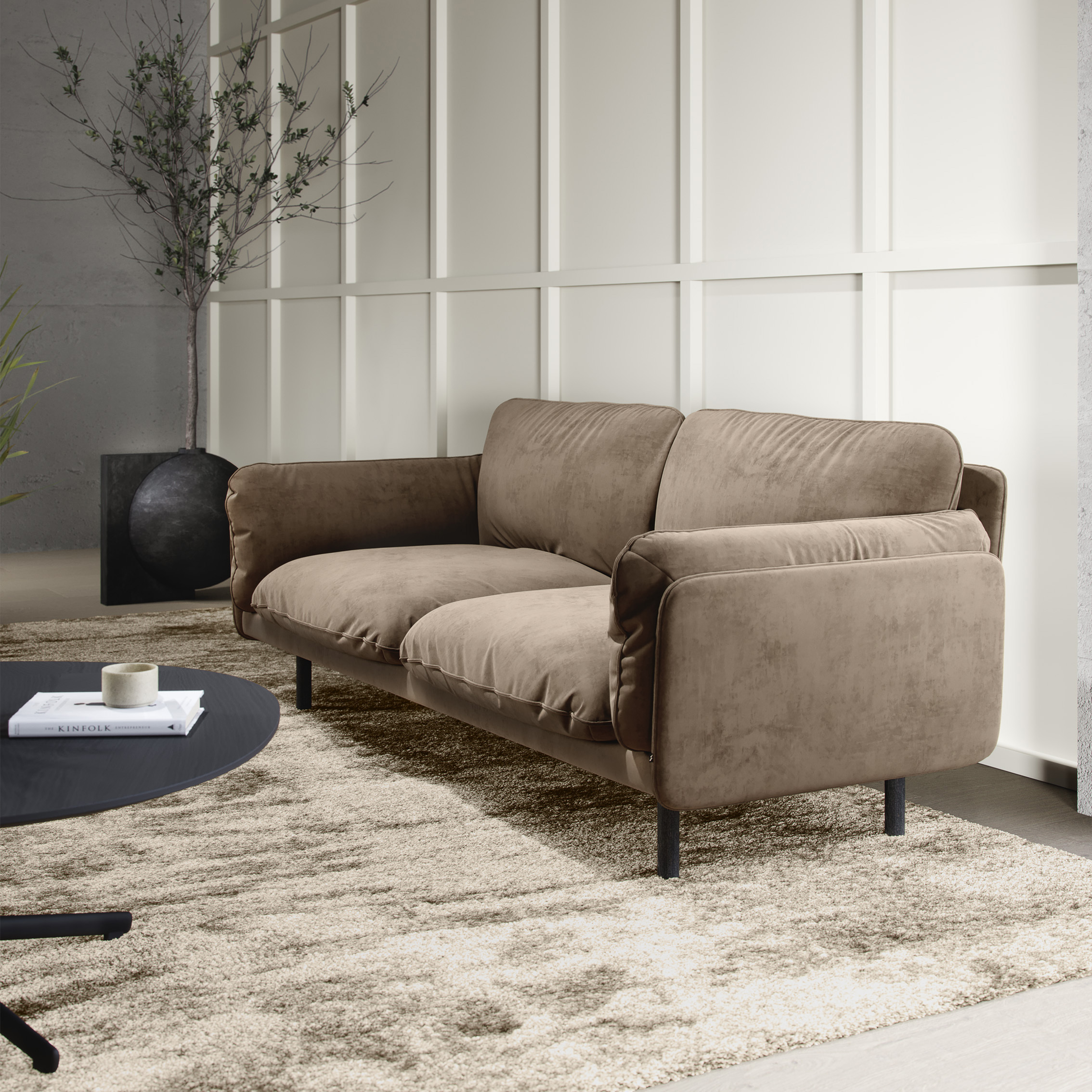
When we remove the feeling of being included in a fellow community, the opportunity to cooperate on certain tasks, and take a spontaneous talk around a cup of coffee, we are also removing our workers opportunity for basic social interaction throughout their working day. Wrapped up in one, all of this is potentially causing a bigger problem in losing one of the greatest things there is about working in a community; the interpersonal relationship with our fellow workers and employees.
Studies show that both productivity, well-being and motivation are linked to a good working environment. In a recent study done by MIT, Massachusetts, USA (source), it has been concluded that employees are more likely to stay with a company with the option of home office, and social events.
This goes to show highly employees value their workplaces social events, and how this directly play a role in how much they will enjoy their work. The study also explains how they believe social gatherings will become even more important in the future, due to how hybrid office solutions will become more common.
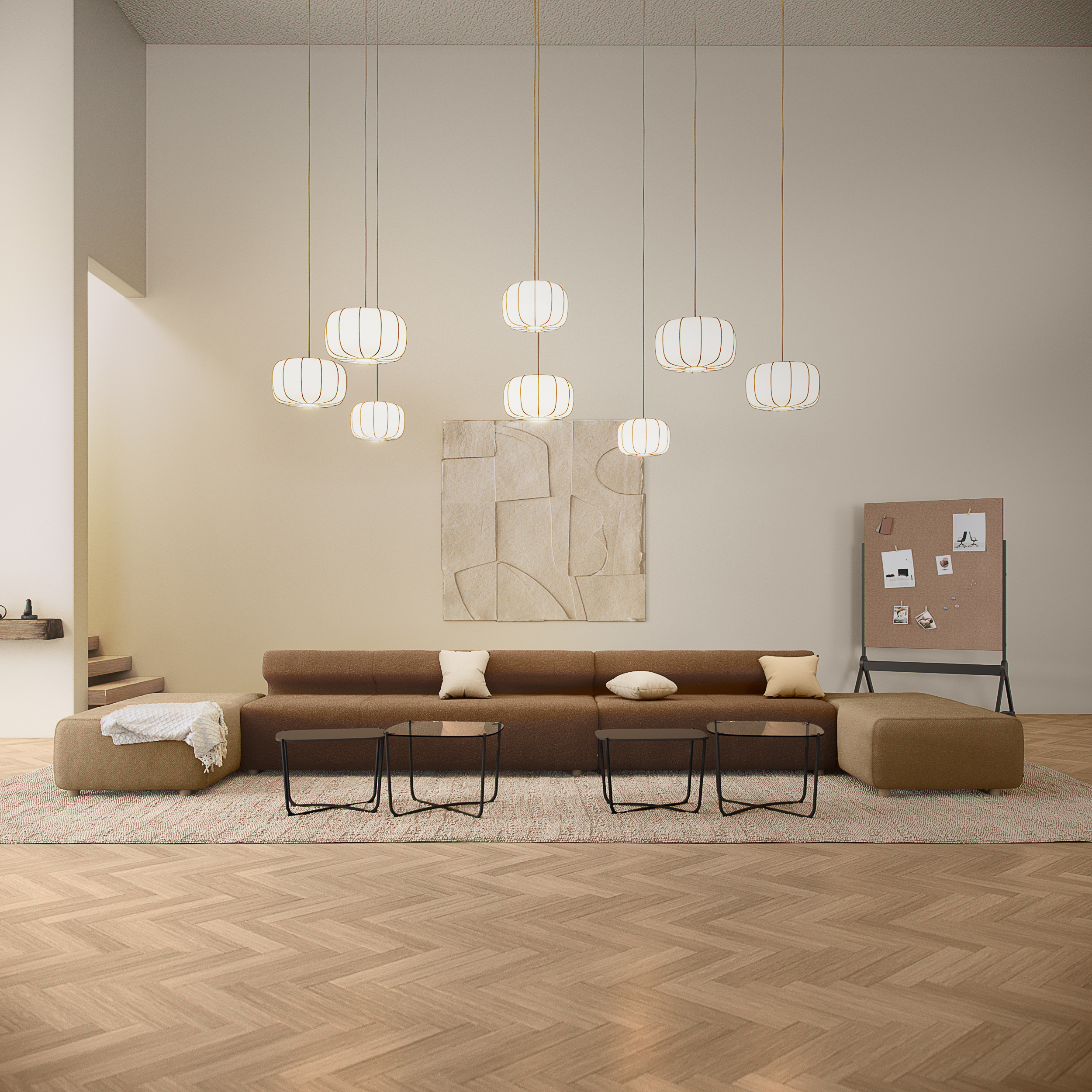
At least we know that gathering around a shared meal, or through a joint Teams meeting once every half year won’t do the trick. Investing time in your workers well-being on the other hand, might be a good place to start. But investing time in your workers well-being doesn’t necessarily mean having big gathering parties, going out for lunch, or booking a study trip every once in a while. Investing time in well-being can also be done by visually
planning for zones where your workers get to maintain their collegial bonds, or even their own mental health by having room to open up and talk to each other. Amongst promoting a good psychosocial working environment, these social areas are also playing a role in maintaining community in the workplace, ensuring experience sharing, strategic development and innovation by giving the employees a place to share their thoughts on work they might be caught up in, in that very moment.
A social arena can be whatever you want it to be, or whatever suits your workplace for that matter. A great place to start would be to encourage your workers to take part in the process of addressing what the main need is. By actively using co-creation as a tool, you will not only get greater insight and understanding of individual needs -
but you will also unconsciously facilitate for diversity. For some, a great sofa with a table to gather around will meet these needs. For some, smaller more intimate zones for relaxation will be equally efficient. No matter the need; investing in your employees’ well-being will pay off over time.
